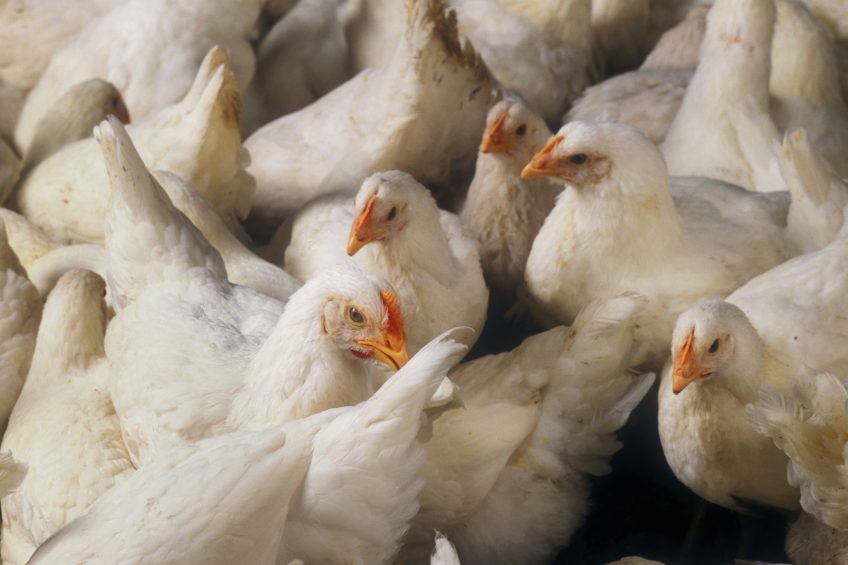New Red Tractor Assurance standards to improve bird welfare

Broiler and layer producers belonging to the Red Tractor Assurance scheme face new standards to improve bird welfare.
The new standards will be around providing windows and enrichments and will be phased in, with the first changes introduced this October.
The changes come against a backdrop of market research by Red Tractor, which found 83% of primary shoppers saying animal welfare was important to them and that they wanted label on the pack that reassure them
The changes that chicken scheme members will need to implement are:
- From 1 October 2018, all broiler, poussin and free-range producers must provide environmental enrichment in bird housing
- By October 2020, broiler, poussin and free-range producers are required to have windows fitted in bird housing
Bales per birds
Environment enrichment must be provided from day 7 at the latest and from day 1 in free-range units. It should consist of at least 1 bale per 1,000 birds that is used throughout the bird’s life. Bales should be wrapped or treated and placed in the house prior to chick placement.
Perches
Houses should have perches – 2 linear metres of perches per 1,000 birds and they should be no more than 15cm off the ground.
Environmental enrichment
And producers have been asked to have at least 1 pecking object per 1,000 birds. Where reusable, environmental enrichment should be capable of being cleaned and disinfected.
Dr Martin Shirley, chair of Red Tractor’s chicken technical advisory committee, said: “Having consulted with industry, we have decided to upgrade the existing recommendation for environmental enrichment.
“Not only does this continue to develop our standards to meet customer expectations, but meets our goals of continually striving to improve bird welfare.”
Windows in poultry sheds
Looking further ahead, Red Tractor is says all sheds housing birds from 1 October, 2020 should have windows which equate to a minimum of 3% of floor areas. Windows should also be:
- Evenly distributed providing uniform daylight throughout the building
- Double glazed to provide insulation and prevent condensation
- Toughened glass windows on the inside for added safety
- Shutters fitted in order that daylight can be closed out if required (eg during extremely hot or cold days)
- Open from day 5 during daylight hours unless veterinary advice states otherwise
In a letter to RTA chicken producers, Red Tractor says studies have shown that bird behaviour, health and development are negatively affected by low light intensities, and that when given a choice birds consistently prefer higher light intensities.
“By incorporating windows in bird housing, Red Tractor is able to demonstrate its commitment to improving bird welfare while maintaining the positive image of the UK poultry industry,” the letter added.












